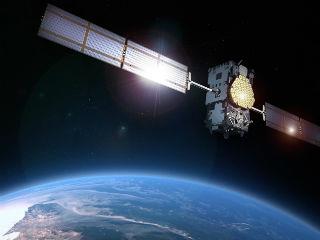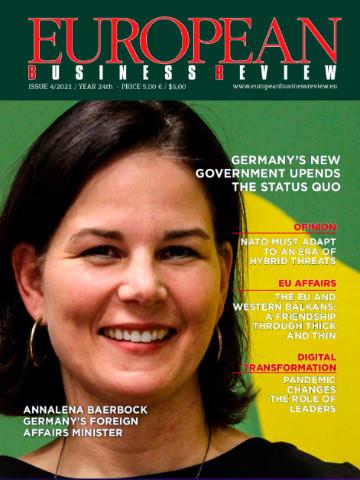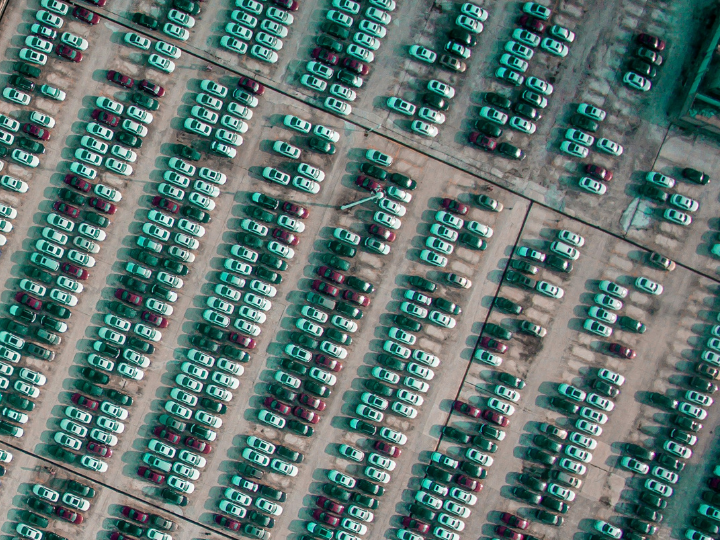During the high level conference on migration management on 21st June 2017, the President of the European Parliament, Antonio Tajani highlighted the need for a holistic EU approach towards migration

Other EU space infrastructures such as Galileo and its signals can monitor sea conditions and support rescue in the Mediterranean. Galileo is the independent infrastructure for satellite navigation and its space segment will ultimately be composed of 30 satellites by 2020. Galileo’s data benefit a broad range of applications for civilian protection and humanitarian rescue operations. The Galileo satellite constellation offers a new breakthrough Search and Rescue (SAR) rescue system which ensures faster rescue operations and the saving of more lives. By distressing beacons from hours/minutes to seconds, the time from detection to intervention could be shortened and rescue migrants in distress.
by
Margarita Chrysakis*
During the high level conference on migration management on 21st June 2017, the President of the European Parliament, Antonio Tajani highlighted the need for a holistic EU approach towards migration: “we have to harness all the means of disposal including the satellites systems such as Copernicus and Galileo- it’s going to be extremely useful while carrying out all these operations”.
Let’s take a closer look on these two applications of major importance with regards to the migration challenges and its solutions. Copernicus programme is composed of various systems: earth observation satellites and in situ-sensors such as ground stations, airborne and sea-borne sensors. The European Space Agency is in charge of developing the Sentinel satellites that represent the main part of the space segment of Copernicus and already play an important role in migration issues. These satellites among others track and monitor the movement of people at times of refugee crisis. The programme collects and processes the data, accurate and efficient information received from its systems allowing public authorities and private companies to develop services in order to carry aid with migratory issues as well.
The Copernicus Sentinel data provides us with a 10-metre spatial resolution meaning that each pixel in the satellite image is around 10 metres in size. Typically, it allows us to see anything larger than 10 meters. These very high resolution image data that are captured in real time on a day by day almost hourly basis provide everyone with an incredible insight into the state of our planet. All these data show large scale movements, particularly refugee camps and what’s going on there. In combination with other ground data and information provide evidence that key actors like NGOs and politicians can use to bolster the case for action.
Other EU space infrastructures such as Galileo and its signals can monitor sea conditions and support rescue in the Mediterranean. Galileo is the independent infrastructure for satellite navigation and its space segment will ultimately be composed of 30 satellites by 2020. Galileo's data benefit a broad range of applications for civilian protection and humanitarian rescue operations.
The Galileo satellite constellation offers a new breakthrough Search and Rescue (SAR) rescue system which ensures faster rescue operations and the saving of more lives. By distressing beacons from hours/minutes to seconds, the time from detection to intervention could be shortened and rescue migrants in distress.
“We have to strengthen our borders” points out Tajani. In order to respond to challenges such as migration, border control and maritime surveillance, there is a need to further assess the potential of Copernicus and Galileo to ensure EU autonomy and security needs. Therefore Commission proposes an EU Governmental Satellite Communications (GOVSATCOM) initiative where Copernicus and Galileo evolution programmes will be dedicated to meet emerging needs in security and defense. Together with the European Space Agency and the European Defence Agency, the new GOVSATCOM will provide end-to-end satellite communication services in defense, security and humanitarian crises.
Tajani concluded: “‘Migration isn’t just about security and public order. It is a policy problem that EU Institutions have to solve as effectively as possible”. Migration should be managed. Undoubtedly, EU Space applications are now more than ever connected with the societal challenges and this is a real step change in maximizing the benefits of Space for our societies.
*Margarita Chrysaki is a Brussels-based scientific journalist and political analyst. Currently, she is making a profound research in the field of space activities and EU strategy on Space




 By: N. Peter Kramer
By: N. Peter Kramer

